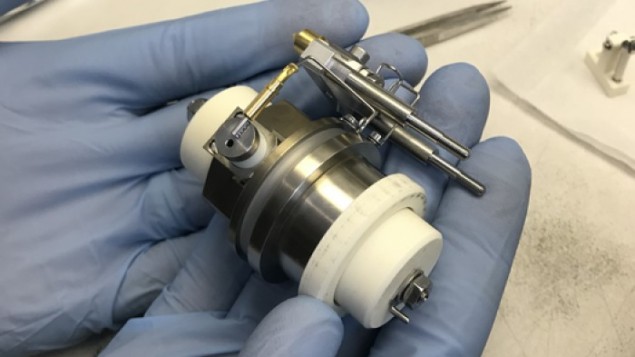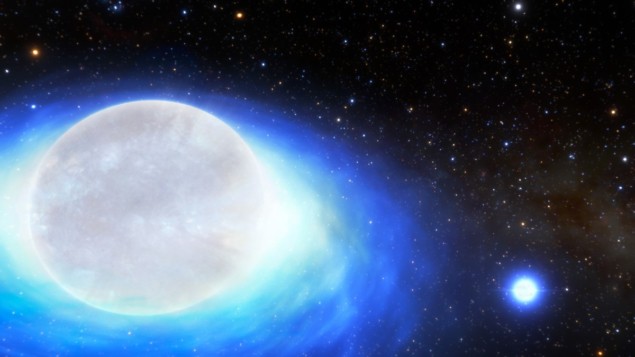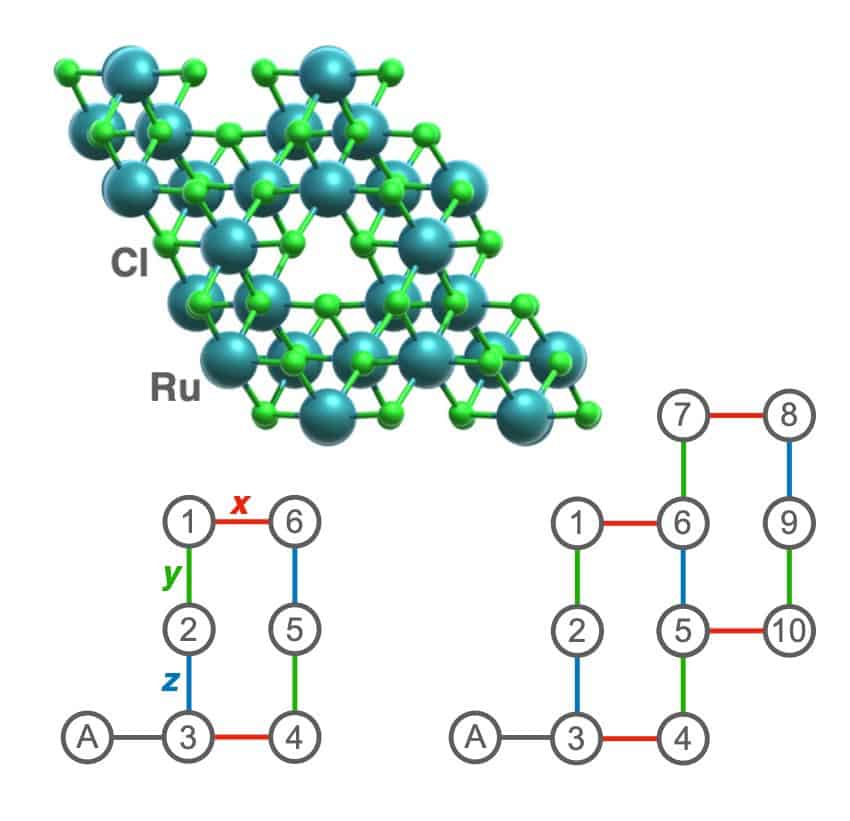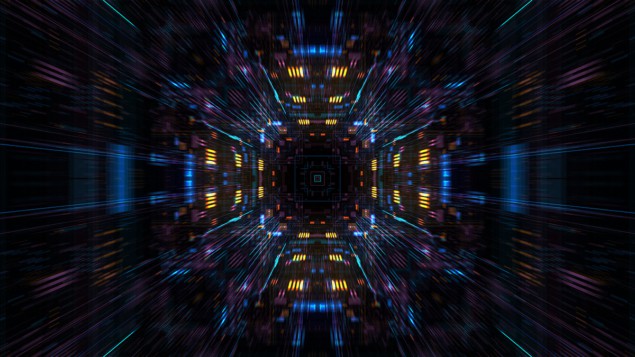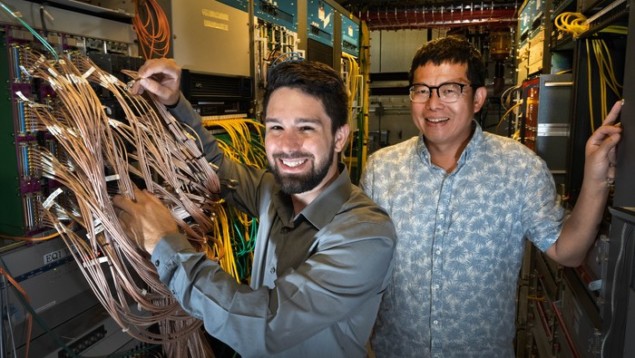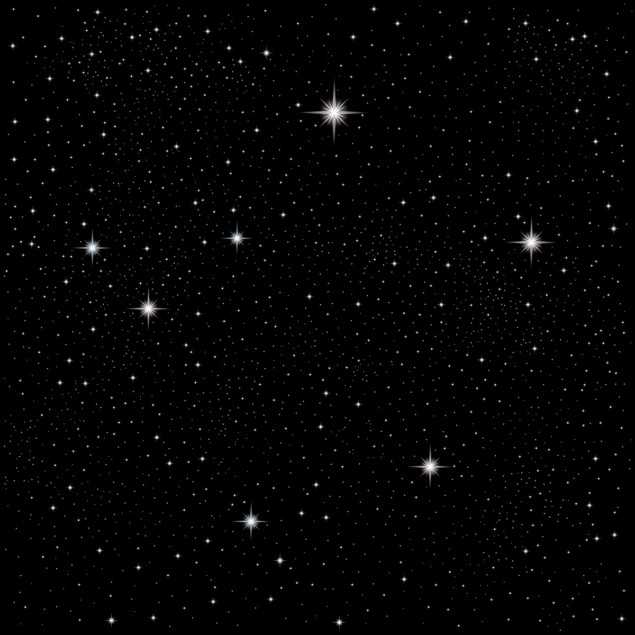New single-photon detector targets high-speed quantum communications
22 Feb 2023
Quantum fan: the new single-photon detector comprises 32 superconducting nanowires. (Courtesy: Ryan Lannom, JPL-Caltech/NASA)
A new photon detector called PEACOQ can register the arrival times of individual photons with the best timing resolution to date. Developed by Matthew Shaw and colleagues at NASA’s Jet Propulsion Laboratory, the detector achieved a maximum count rate of some 1.5 billion photons per second, while maintaining high efficiency and low noise.


